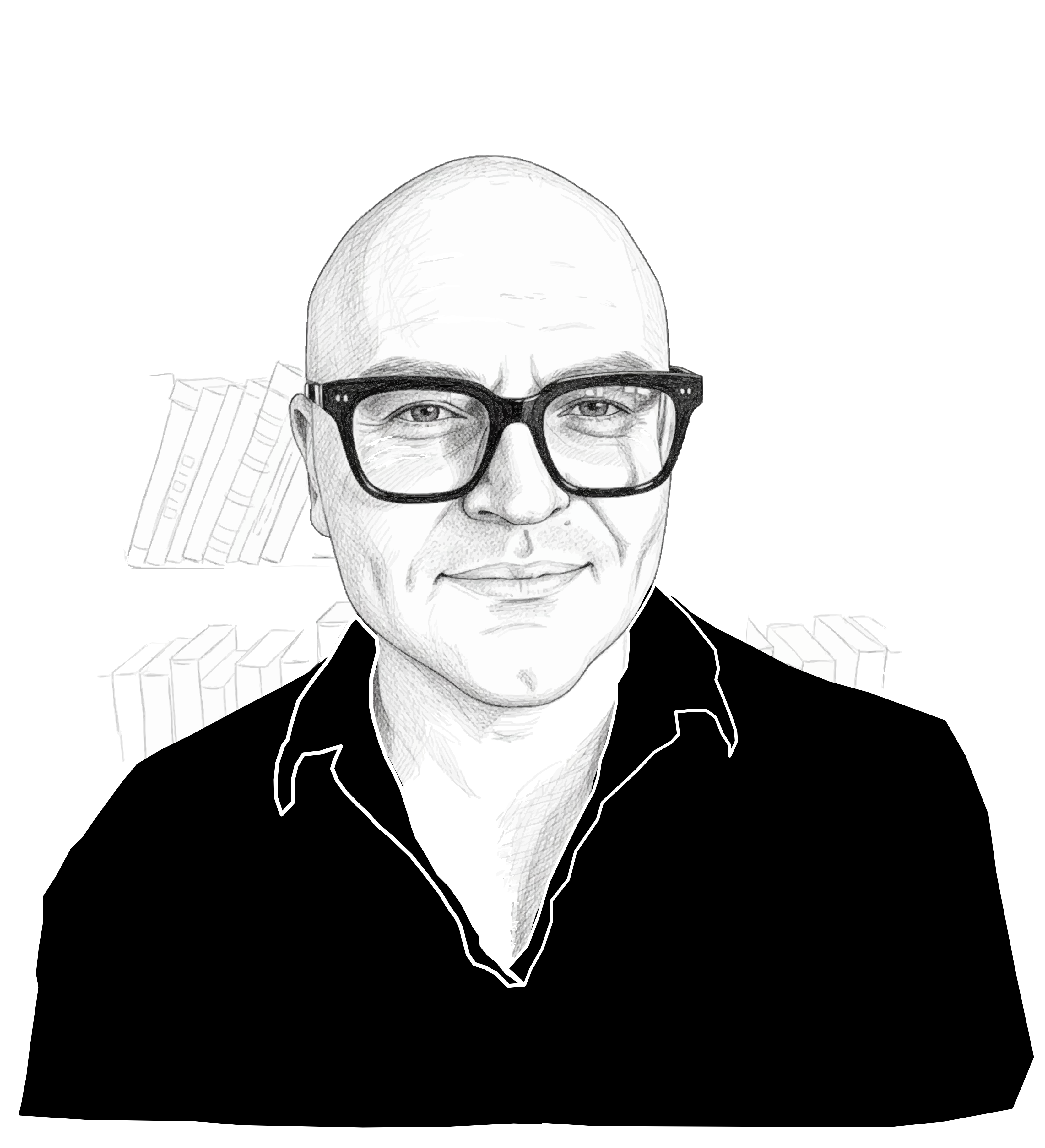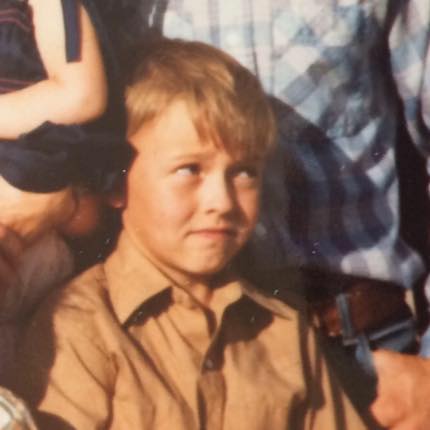Veryon Diagnostics
Challenge
Veryon (formerly ATP), a ~250 employee B2B SaaS company with 50 years in aviation, acquired Casebank Technologies in 2017. Casebank's flagship product, SpotLight, was a desktop browser-based guided troubleshooting tool used by aviation, automotive, and heavy equipment maintenance technicians. Despite the potential for its case-based reasoning engine to make troubleshooting faster, SpotLight revenue was increasingly missing targets.
In mid-2019, as Head of UX, I was asked to focus Design resources on the newly acquired product. Casebank's product culture had been sales and technology-driven, and there was skepticism of human-centered design. Research, it was flatly stated, slowed things down. Asking too many questions of customers would make us look like we weren't domain experts.
Process
Project kickoff workshops are a great way to establish situational awareness, so I invited senior Sales, Support, Engineering, and Product Management colleagues to the group's first-ever cross-functional design workshop. B2B software adoption problems tend to arise from trust (bad data, instability, etc.) and/or fit (usefulness, access, etc.). I facilitated a user journey mapping exercise to capture what the team collectively knew about how and when the tool was used in typical customer workflows. Internal misalignment about the user journey became clear, and this convinced the group to finally engage in user research.
Mixed Methods: Ethnography, Usability Testing, & Standardized Questionnaires
The Director Of Product Management and I formed a close partnership and quickly dispelled a belief that access to end-users would be impossible. Customers were happy to see our product team visit them, and in one case, we secured badges providing virtually unrestricted access to airline technicians as they worked in hangars. The team interviewed, shadowed, and conducted onsite usability testing with dozens of maintenance technicians across the entire customer base in the U.S., Canada, and the U.K.
Insights:
- Top troubleshooters study both equipment and problem defect histories in addition to following prescribed troubleshooting procedures. They are engaged in self-guided learning.
- Top troubleshooters apply their experience to pursue likely fixes first.
- The desktop form factor is problematic for technicians because their computers are often positioned far from where they are turning wrenches. Few have laptops, but increasingly, tablets are being made available.
Action
The emphasis on defect history analysis (learning!) during troubleshooting was a revelation. SpotLight's sister product, ChronicX, provided defect trending for reliability teams. ChronicX employed natural language processing and machine learning to analyze written defect descriptions and classify them as a means to alerting customers to otherwise hidden repeat fix attempts. My Product Management partner and I proposed that the classification algorithm could be leveraged to mimic how experienced technicians analyze and process history to pursue likely fixes and get equipment back in service more quickly.
The industry trend toward tablets was an opportunity to port the legacy troubleshooting engine to an app, and in the process, merge the AI classification features into the workflow.
Designers used Adobe XD to prototype how to blend and modernize features from both product lines. The team conducted evaluative concept testing using Optimal Workshop. We iterated with Engineering's input. Veryon released the beta to an early adopter program in March of 2021, a little more than a year after I introduced human-centered design into Casebank's work stream.
Beta iPad screenshots of two-tap equipment selection, activity feed, and a troubleshooting screen, all optimized for bright troubleshooting environments
Outcomes
Technician response to the beta was exceptional. The early adopter program translated into sales sooner than expected based on technician recommendation. The new troubleshooting tool, now called Veryon Diagnostics, had pushed the product line to 189% of plan by end of the following quarter - even in a world still reeling from the pandemic. Ongoing evaluations using the Software Usability Scale (SUS) questionnaire revealed user perceptions of usefulness and usability in high 80s.
By using "just enough" research, the Design team showed a skeptical business unit how human-centered design can take a product from good to great. We helped maintenance technicians level up by introducing artificial intelligence into their work, and stalled sales revenues began to move in the right direction again.








